Top 10 Strongest Currencies in Africa 2025
By ICON TEAM | Published on Apr 28, 2025
List Of Top 10 Strongest Currencies in Africa 2025:
Africa's currencies, which are influenced by trade dynamics, monetary policy, and resource richness, represent the continent's economic variety. The strength and stability of some African currencies relative to the US dollar in 2025 indicate sound economic management and investor confidence. A strong currency is essential to economic resilience because it increases purchasing power, draws in investment, and reduces inflation. Here is a summary of the top 10 strongest African currencies for 2025, arranged by relative value and stability, based on current trends and economic factors.
1. Tunisian Dinar (TND):
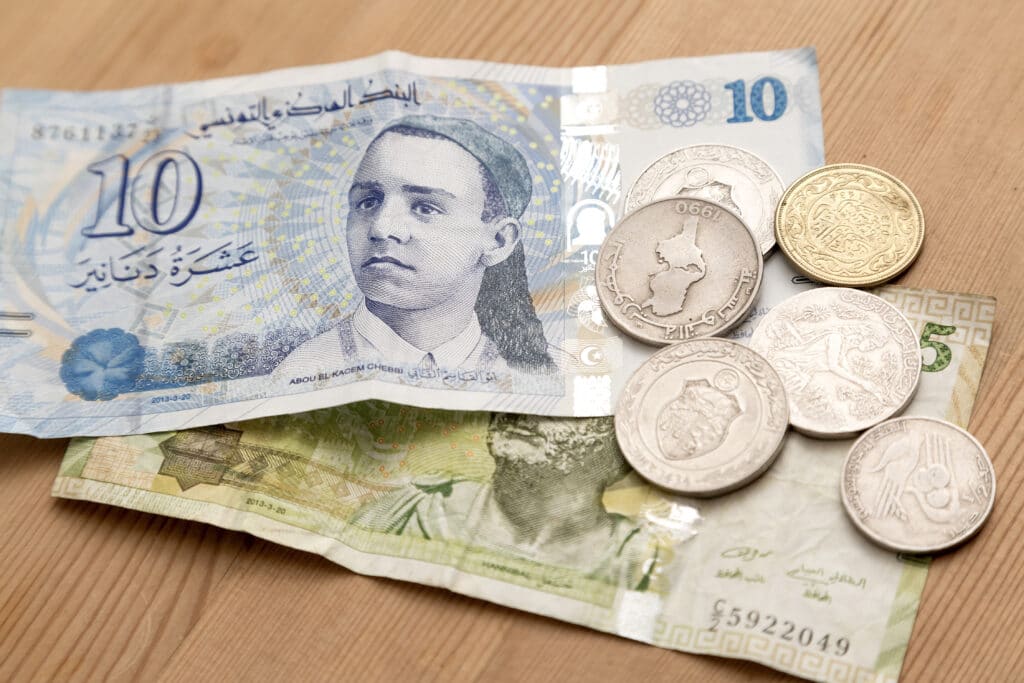
The strongest currency in Africa is the Tunisian dinar, which will trade at about 3.09 TND to 1 USD in 2025. The value of the dinar is supported by Tunisia's diverse economy, which is fueled by manufacturing, tourism, and the export of olive oil. Despite issues like unemployment and inflation, the Central Bank of Tunisia ensures stability by upholding stringent monetary regulations and a controlled currency rate. The dinar is a dependable option for businesses and investors throughout North Africa because of its strong trading relations with Europe and emphasis on promoting innovation.
2. Moroccan Dirham (MAD):

With an exchange rate of about 9.57 MAD to 1 USD, the Moroccan Dirham comes in second. Morocco's economy, which is bolstered by strong relations with the European Union, is based on tourism, manufacturing, and agriculture, particularly phosphates. In order to improve competitiveness, Bank Al-Maghrib progressively increases exchange rate flexibility, which helps the dirham through a managed float system. The dirham's strength stems from Morocco's stable government, investments in infrastructure and renewable energy, and its status as a major regional currency.
3. Botswana Pula (BWP):

The Botswana Pula, valued at roughly 13.62 BWP to 1 USD, is unique in sub-Saharan Africa. The resilience of the pula is supported by Botswana's diamond-driven economy, stable government, and sound fiscal policies. The pula is protected from severe volatility because it is tied to a basket of currencies, which includes the South African Rand. Through diversification initiatives, the nation has successfully avoided the dangers of resource dependency, guaranteeing that the pula would continue to be a representation of Southern Africa's economic stability.
4. Ghanaian Cedi (GHS):

The strongest currency in West Africa is the Ghanaian Cedi, which is now around 15.49 GHS to $1 USD. Despite sporadic inflationary pressures, Ghana's economy, which is supported by exports of oil, gold, and cocoa, maintains the value of the cedi. The currency has stabilized as a result of recent macroeconomic changes, such as better budgetary restraint and debt restructuring. Ghana's expanding technology industry and trade alliances make the cedi more competitive, but managing changes in commodity prices requires caution.
5. Seychelles Rupee (SCR):
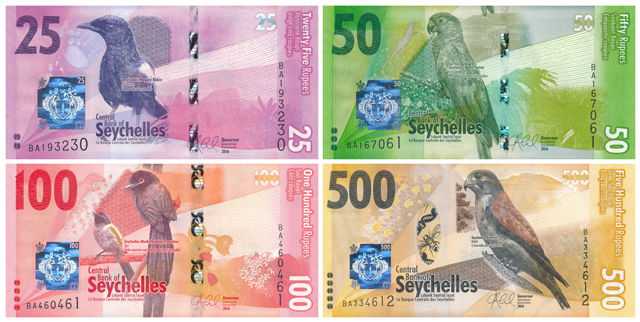
The Seychelles' economy, which depends heavily on tourism, supports the Seychellois Rupee, which is worth about 14.37 SCR to $1 USD. Seychelles, a wealthy island nation, gains foreign exchange profits via offshore financial services and upscale travel. The stability of the rupee is guaranteed by the Central Bank of Seychelles' maintenance of a market-driven exchange rate. Despite its susceptibility to disruptions in international travel, the currency is further strengthened by investments in environmentally friendly travel and a well-regulated financial industry.
6. Mauritian Rupee (MUR):

The Mauritian Rupee, which is now trading at about 47.63 MUR to 1 USD, represents Mauritius' standing as a stable, diverse economy. Foreign cash inflows are driven by tourism, financial services, and sugar exports, while investment is drawn to Mauritius by its standing as a business-friendly destination. In order to preserve the value of the rupee while striking a balance between stability and growth, the Bank of Mauritius uses flexible monetary policies. The rupee's standing as one of Africa's leading currencies is reinforced by the nation's emphasis on technology and renewable energy.
7. Libyan Dinar (LYD):
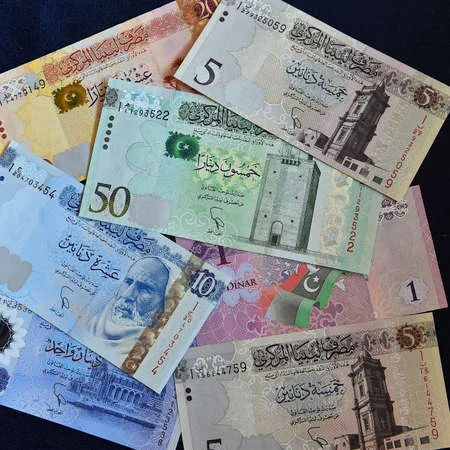
Libya's enormous oil reserves are the reason behind the strength of the Libyan Dinar, which now exchanges at a rate of about 4.83 LYD to 1 USD. Despite continuous political unrest, the Central Bank of Libya manages a stable exchange rate with the help of oil earnings. Although the dinar's high value draws attention, governance issues and the volatility of the world oil price pose a threat to its stability. Despite structural limitations, Libya's currency continues to be a paradox of resource abundance.
8. Rwandan Franc (RWF):
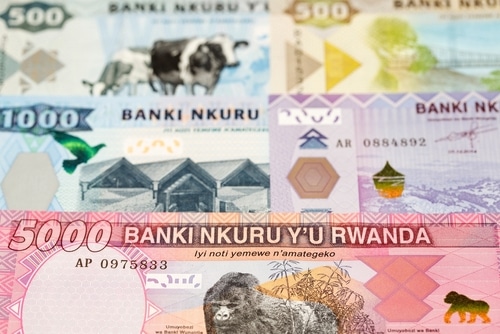
Given Rwanda's explosive economic growth, the Rwandan franc, which is currently trading at about 1,295 RWF to 1 USD, is an unexpected candidate. The franc's relative strength is supported by Rwanda's emphasis on technology, tourism, and agriculture as well as its stable government. Investor trust is maintained by the National Bank of Rwanda's conservative monetary policies. Despite having a higher exchange rate than other currencies on this list, Rwanda's economic reforms and diversification initiatives improve the franc's status in the area.
9. Tanzanian Shilling (TZS):

The Tanzanian Shilling, which is worth roughly 2,714 TZS to $1 USD, gains value from Tanzania's expanding economy, which is fueled by mining, tourism, and agriculture. The Bank of Tanzania has taken steps to stabilize the shilling, such as fiscal restraint and foreign exchange interventions. The currency's prospects are further improved by investments in natural gas development and infrastructure. Tanzania's growing economic power in East Africa is reflected in the inclusion of the shilling, despite the fact that it is still unstable when compared to peers.
10. Namibian Dollar (NAD):
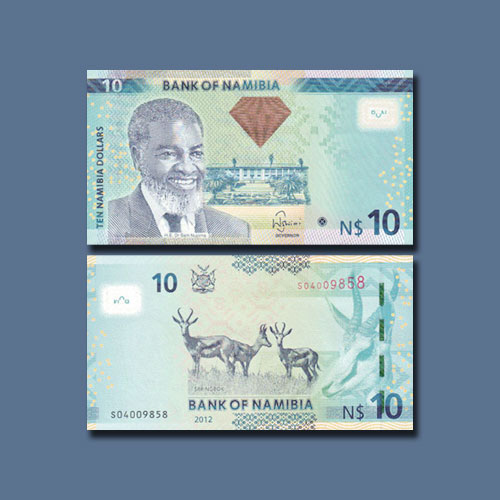
The Namibian dollar completes the list with a current exchange rate of about 18.15 NAD to 1 USD. The NAD, which is based on the South African Rand, gains from Namibia's mining industry, especially its diamond and uranium resources, as well as its stable government. Although the peg guarantees predictability, it also links the future of the currency to the state of the South African economy. The dollar is a stable currency in Southern Africa because of Namibia's investments in renewable energy and regional commercial integration.
Comments 0